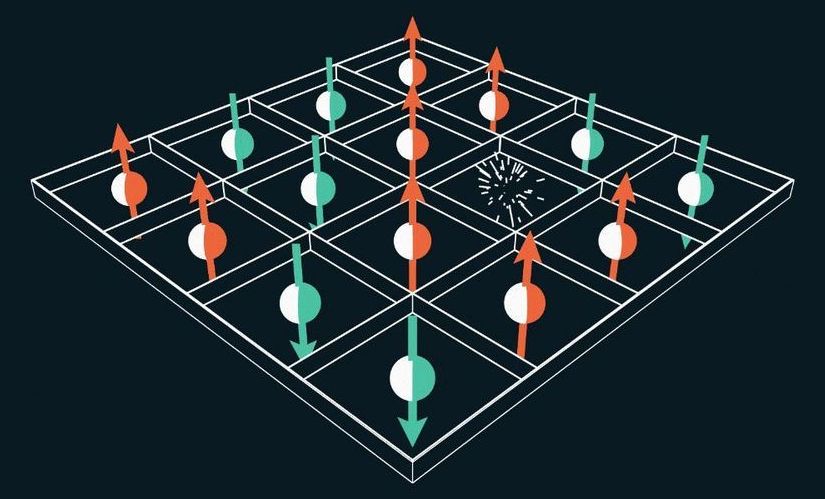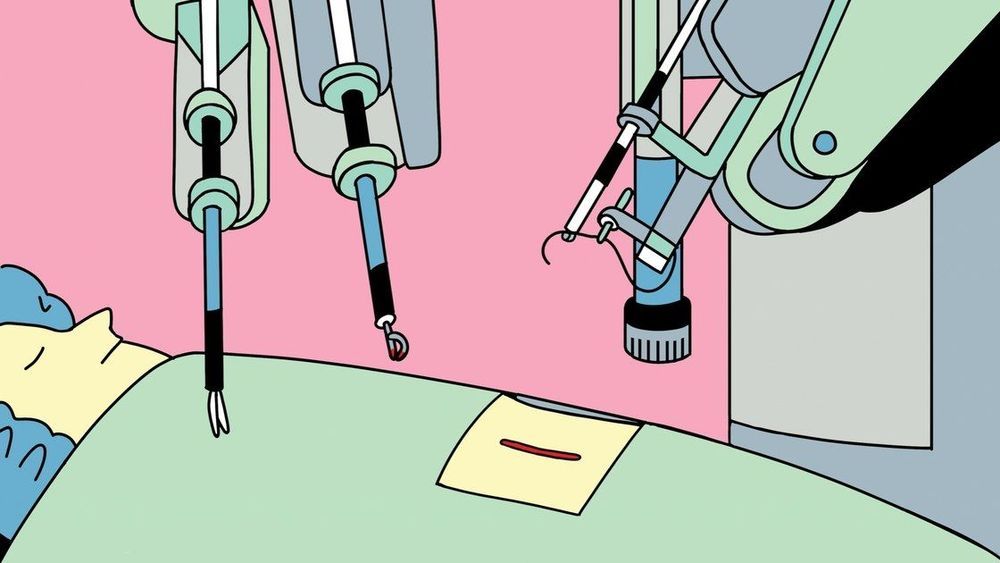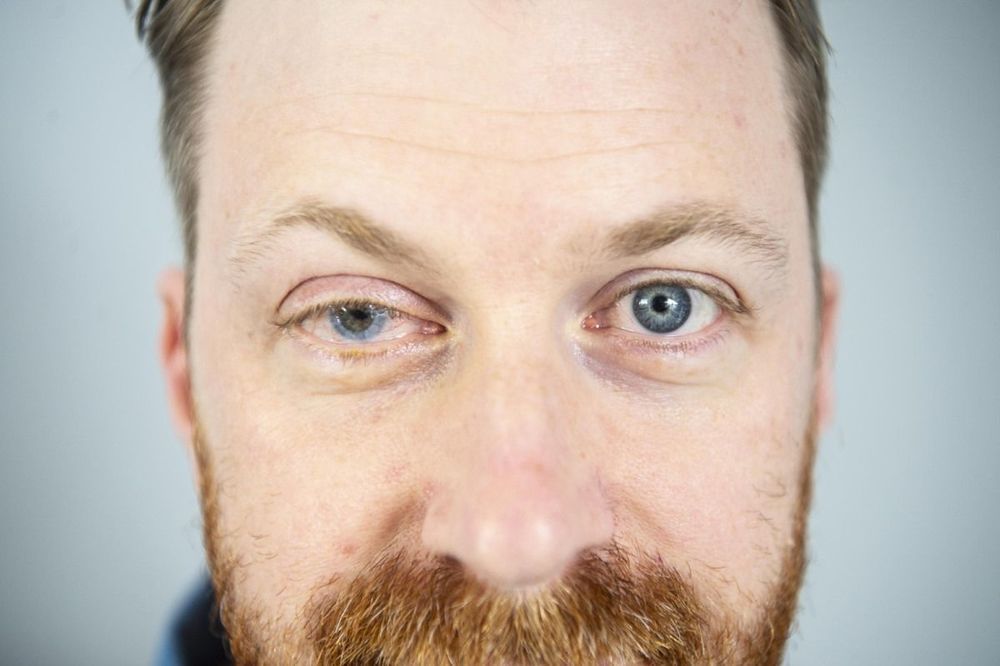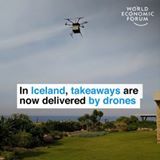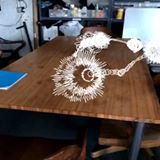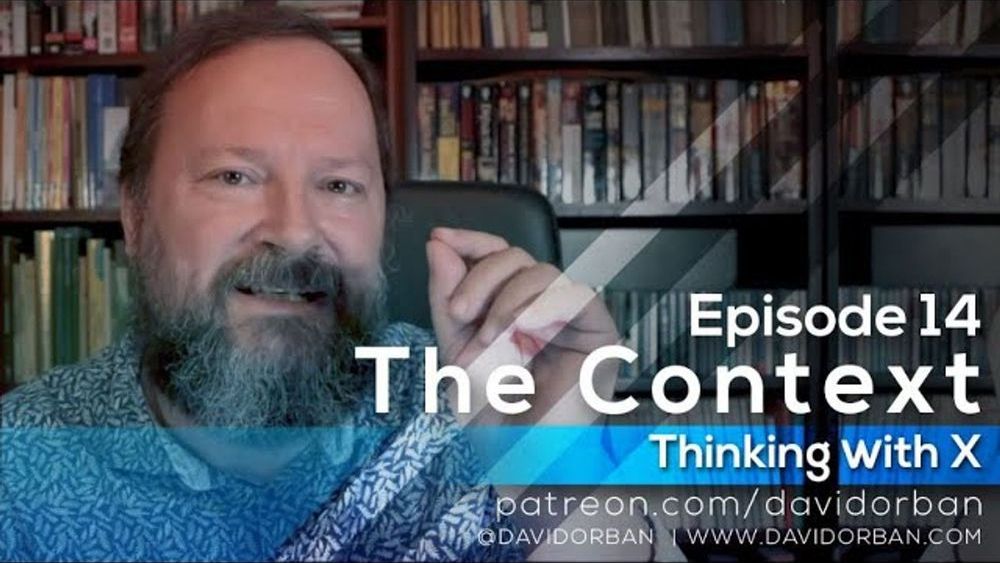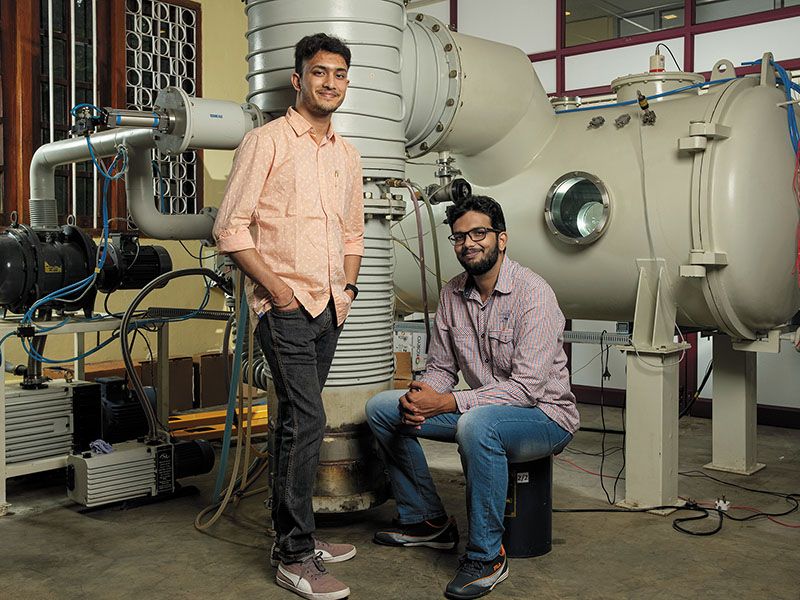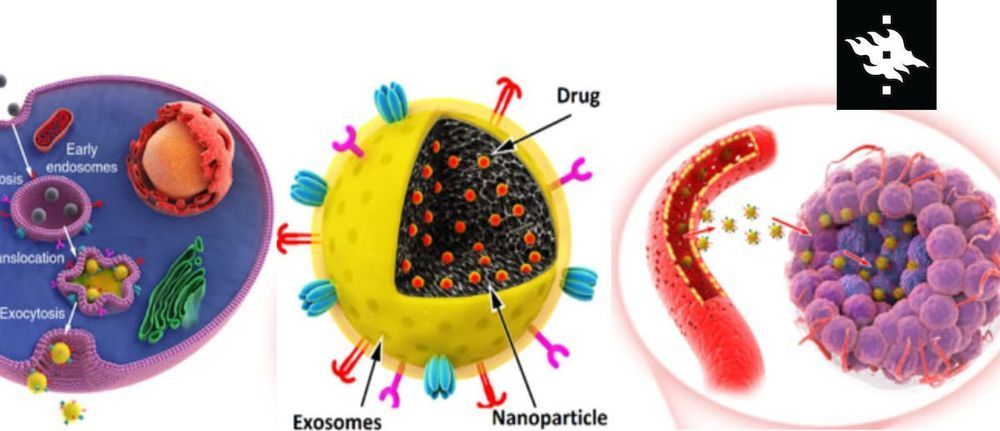People have known about magnets since ancient times, but the physics of ferromagnetism remains a mystery. Now a familiar puzzle is getting physicists closer to the answer.
Roboethics wants to answer the question of who or what is going to be held responsible for the actions of the robotic creations of engineers and designers until robots become moral actors, if that ever happens.
Paging Dr. Robot
Posted in biotech/medical, robotics/AI
Now 44, he has become the first patient to undergo a new life-changing eye surgery on the NHS, with doctors using stem cells from his healthy left eye to grow tissue in a lab and restore his sight.
Mr O’Brien said: “Being able to see through both eyes after all these years means the world to me.”
What if you could see sounds? Apple’s AR Kit visualizes them in space: http://trib.al/sNus2a5
Jeff Bezos, the world’s richest man, is cutting health benefits for part-time workers at Whole Foods. The move will leave 1,900 people without health insurance.
The cuts don’t affect full-time employees, but will hurt those who work around 20 hours a week.
“I am in shock,” said one employee, according to Salon. “I’ve worked here 15 years. This is why I keep the job — because of my benefits.”
Thinking With X ~ David Orban
We are convinced, through the collective narrative leveraging our scientific understanding, that we think with our brains. While that is true, there is much more: some of us think with our stomach, an sculptor will think with her hands, a ballet dancer with her entire body. Our proprioception extends feedback loops outside of the body, extending what we are, how we think and decide, to to tips of an airplane we are piloting. As we are going to be more and more thinking with AI systems, that will support us in interpreting and acting on the world, the responsibility of user interaction designers is huge. They are shaping the systems that are going to shape what we are.
India’s space programme has thus far been a government-backed effort. But now that is changing, with the emergence of a clutch of space technology startups. From propulsion and rocket technology ventures such as Bellatrix, to satellite makers such as Dhruva Space and Team Indus that aspire to bid for entire programmes rather than supply piece-meal components, there are now about two dozen startups in this field compared to only a handful three years ago.
India’s space programme has, so far, been a government backed effort with Isro. With new technology and falling costs, a clutch of space technology startups are garnering domestic and global clients.
Researchers at the University of Helsinki in collaboration with researchers from Åbo Akademi University (Finland) and Huazhong University of Science and Technology (China) have developed a new anti-cancer nanomedicine for targeted cancer chemotherapy. This new nano-tool provides a new approach to use cell-based nanomedicines for efficient cancer chemotherapy.
